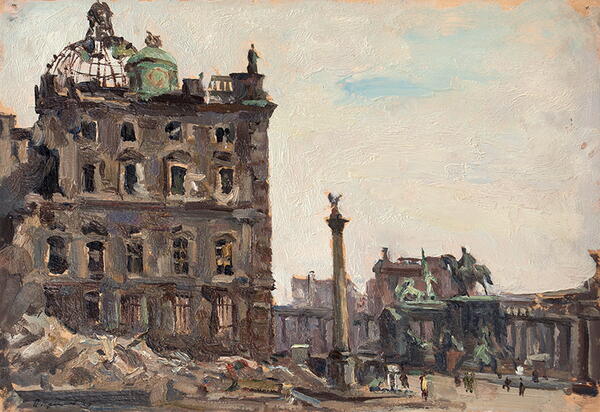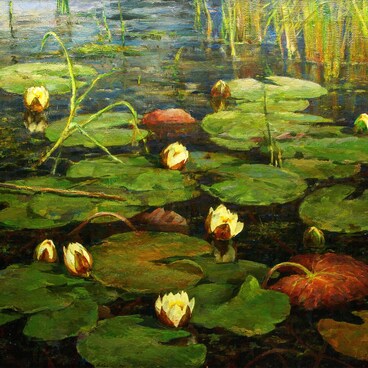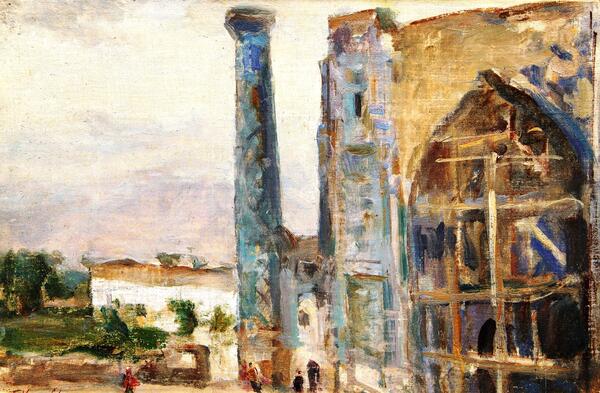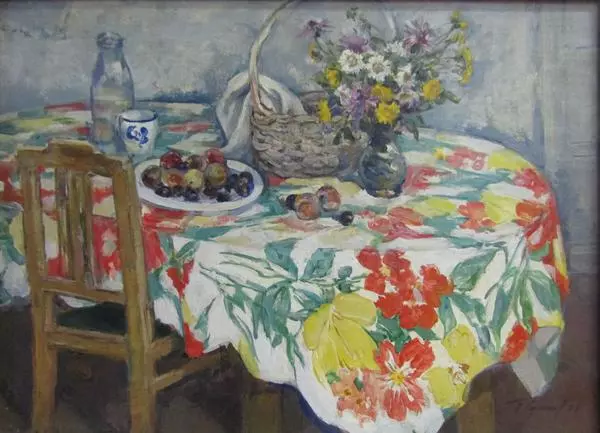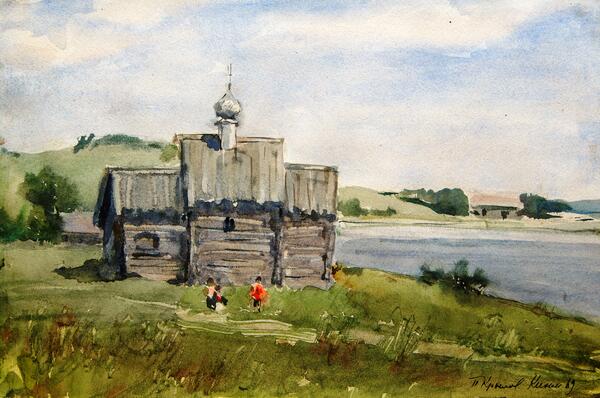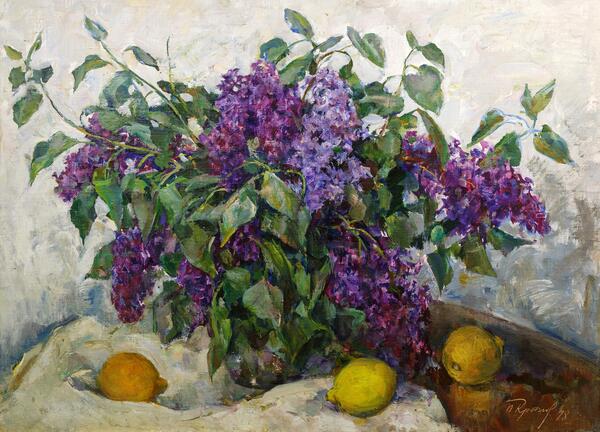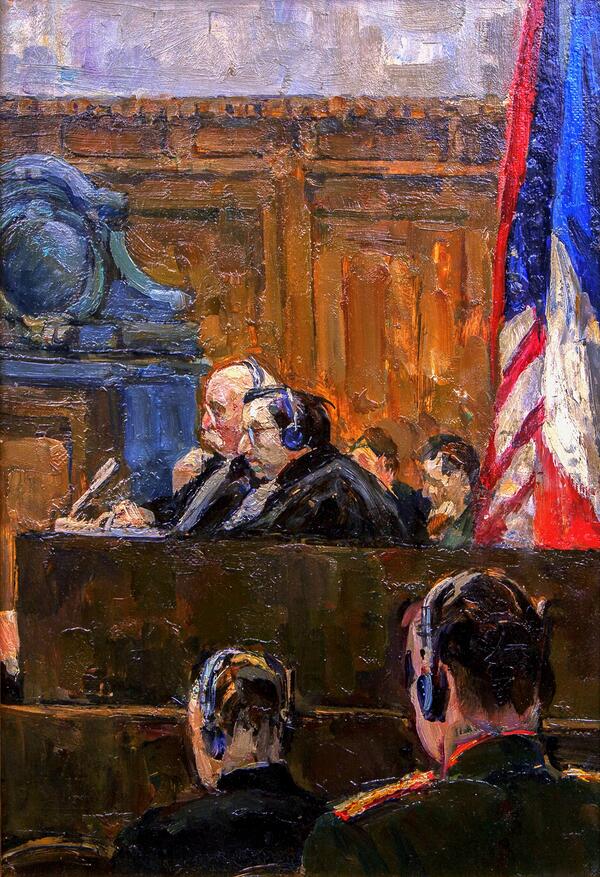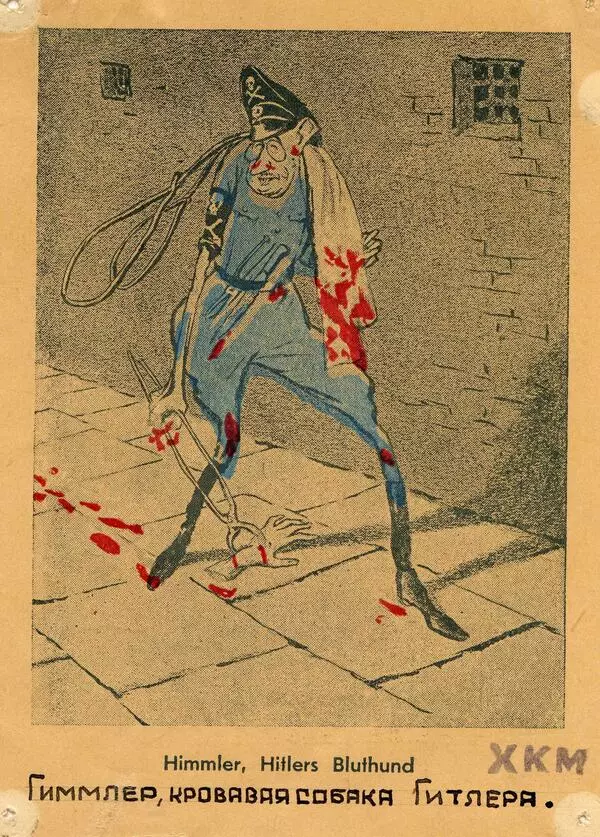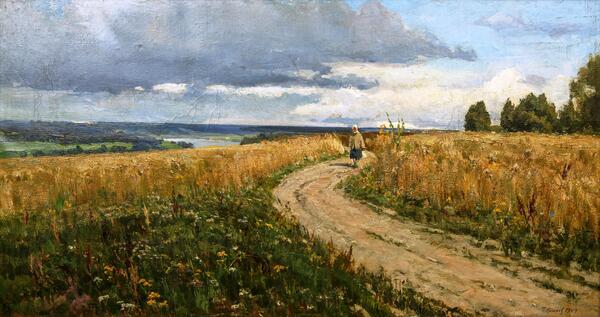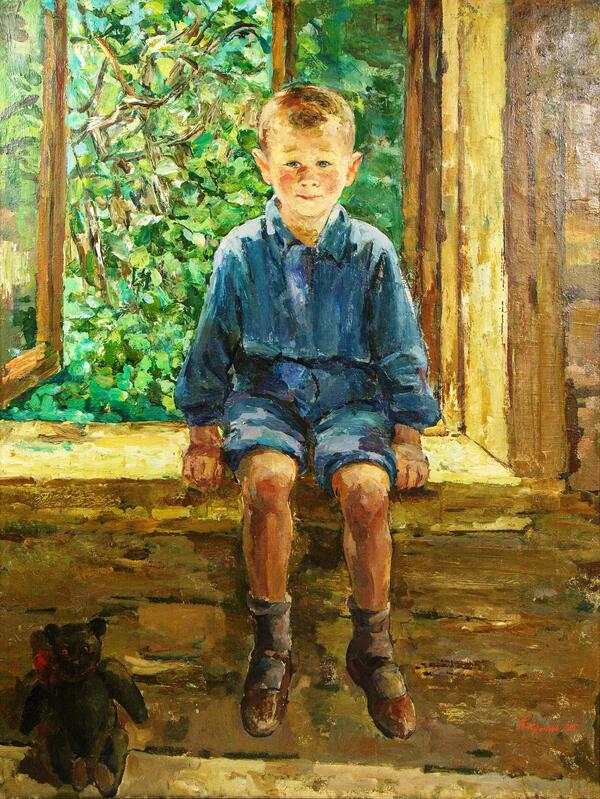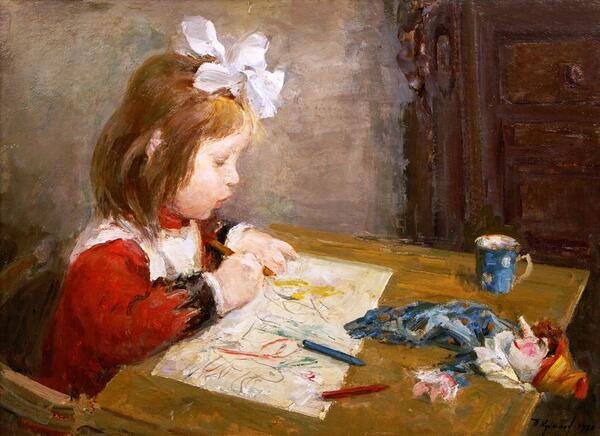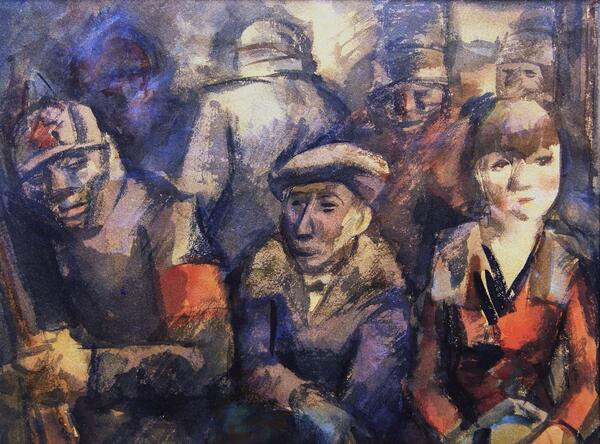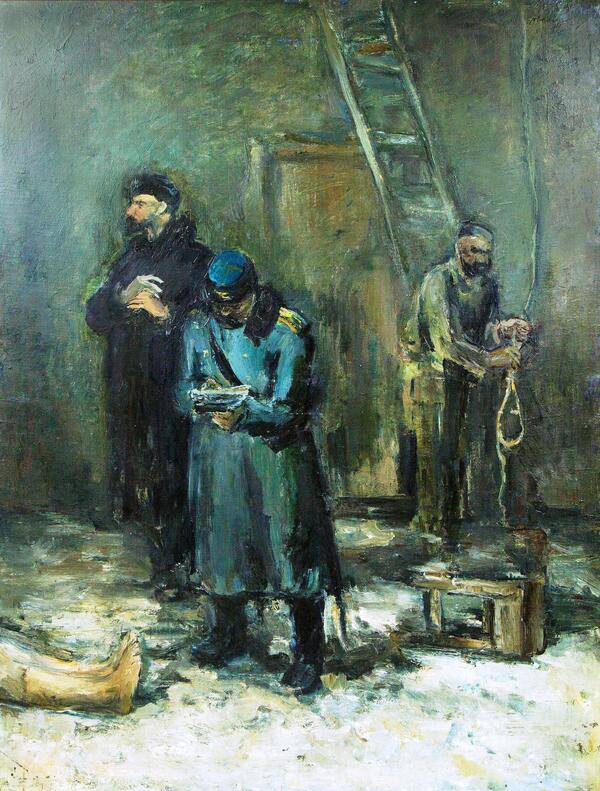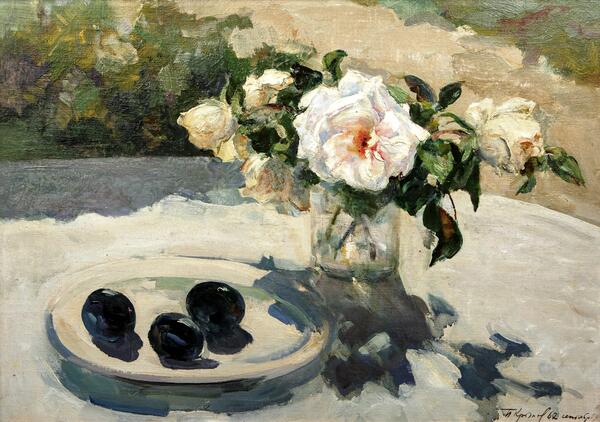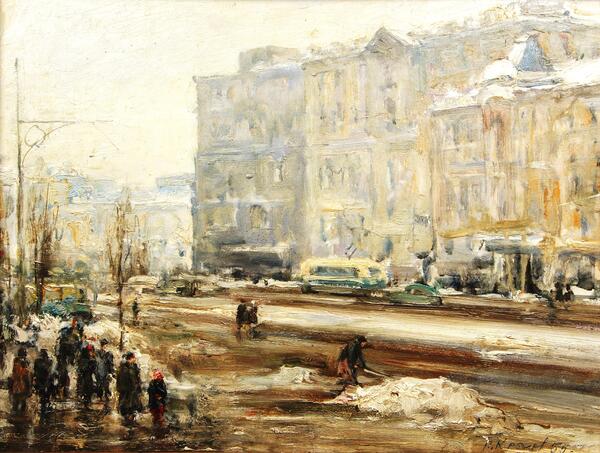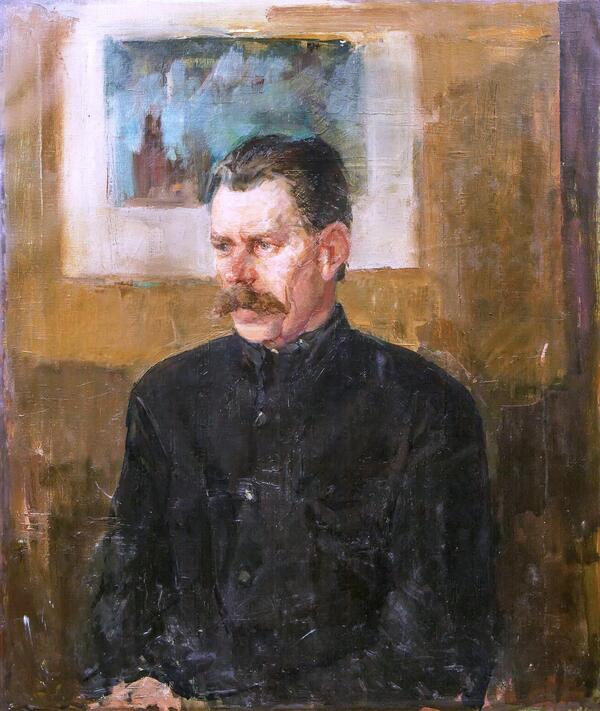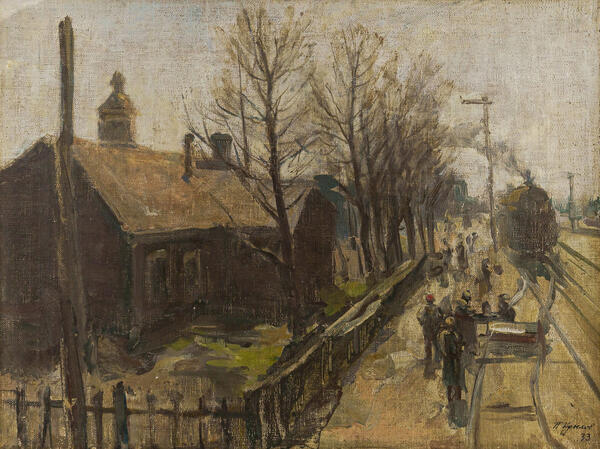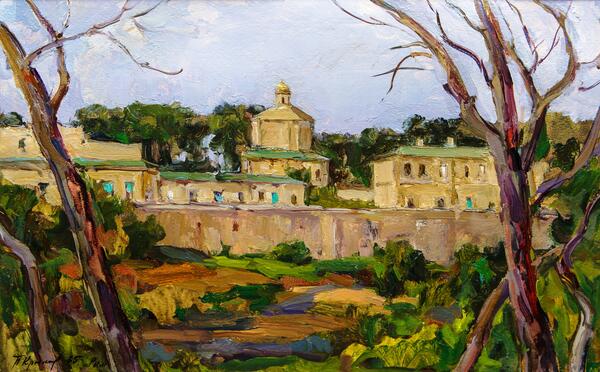The Kukryniksy was an artistic collective of three Soviet artists, most famous for their political cartoons. The name “Kukryniksy” is derived from the first syllables of the surnames of Mikhail Kupriyanov, Porfiry Krylov, and the first letters of Nikolai Sokolov’s name and surname.
In May 1945, the Kukryniksy were sent to Germany as special correspondents of the Pravda (Truth) newspaper. They were tasked with collecting material for an art piece dedicated to the surrender of Nazi Germany. In Berlin, the artists meticulously documented the traces of war, made sketches and studies.
After 30 years, their book of memoirs “The Three of Us” was published. Excerpts from the book very accurately convey the state of the German capital in the first days after its defeat:
“The streets of Berlin were so destroyed that they were almost indistinguishable from one another… The remnants of houses looked like huge broken teeth. In some places, tram rails stuck out from under the mountains of debris. This once was a street. The bronze horse from the monument to William [I] had only one front leg — the other one — the one bent at the knee — was lying near the National Gallery building, three hundred meters away. Soviet soldiers were sitting on the green rusty lions of the monument, on its sculptures… They were having their pictures taken ‘to remember’. Trucks came one after the other with the sign ‘Photo’ on the side. The colonnade was crowded with people — it was the most popular place for taking photos.”
“There was no one in the Reichstag, it was quiet, although the walls were screaming all around. Starting from the outer columns, all the walls of the Reichstag up to the roof, all the sculptures were covered with the names of Soviet soldiers who came there. ‘We came from Stalingrad’, ‘Odessa–Berlin’, ‘Tula was here’ — thousands of surnames. They were written in absolutely incredible places — one could not even begin to imagine how a human hand could get there.”
“The command of the
Soviet Army helped us organize a trip to Karlhorst and visit the building where
the instrument of surrender was signed… The flags of the four countries were
left hanging, the table remained covered with the German greatcoat cloth, the
arrangement of furniture was also kept the same. Our military posed for scale
and color… As a reward for the painting, we received a gift from the
commandant of the building in Karlshorst: he cut us a piece of gray-green cloth
on which the Instrument of Surrender of Nazi Germany was signed.”

